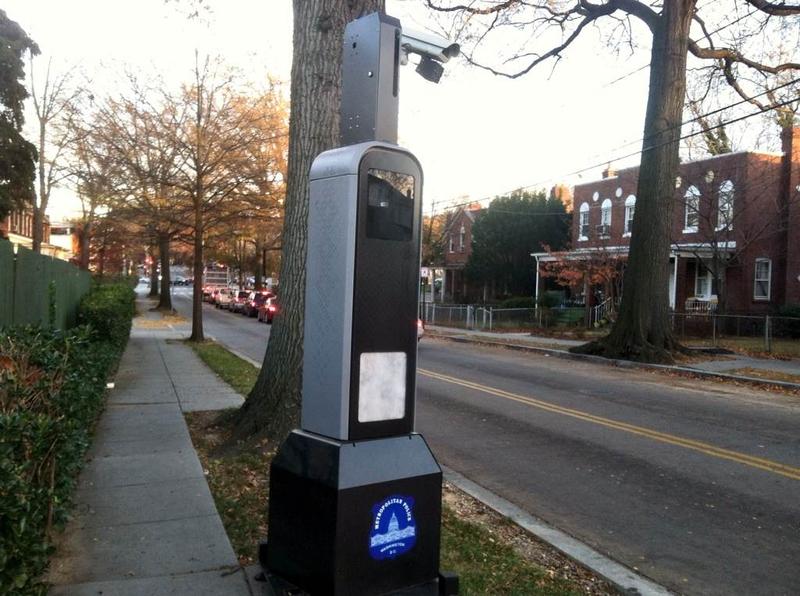 Transportation Nation
Transportation Nation
Washington First City in Nation to Deploy Stop Sign, Crosswalk Cams

WAMU - Washington —
As Washington becomes the first city in the U.S. to deploy cameras to catch drivers who run stop signs and crosswalks, block the box, and drive oversized or overweight commercial vehicles in residential neighborhoods, safety researchers are launching a study to measure the new cameras' effectiveness.
The Metropolitan Police Department increasingly has relied on speeding and red light cameras to enforce traffic laws, reducing traffic fatalities and creating a revenue source for the District treasury, researchers say. The cameras generated $91 million in ticket revenue last fiscal year, according to AAA Mid-Atlantic, and the MPD now has 48 red light and 43 speed cameras stationed through the city.
The new cameras are designed to reduce a variety of traffic offenses: 32 stop sign cameras, 16 for crosswalks, 20 gridlock cameras to photograph drivers who “block the box,” 24 intersection speeding cameras, and eight to monitor oversize and overweight vehicles. Thirty-two additional “portable” cameras bring the total of new robotic traffic cops to 132. Motorists will receive warnings for the first 30 days. The grace period ends Dec. 30.
“Camera enforcement works,” said Russ Rader, a spokesman for the Insurance Institute for Highway Safety, which will be performing the study to measure the effectiveness of D.C.’s stop sign and crosswalk cameras. “Study after study show red light cameras and speed cameras improve safety.
“What cameras do is create an atmosphere where drivers know they are 100 percent guaranteed to get a ticket. When they know that, they are less likely to break the law. It is Human Behavior 101,” said Rader, whose organization’s research is funded by the auto insurance industry with the goal of reducing crashes and, as a result, reducing insurance claims.
The Insurance Institute performed a before-and-after study in 14 major cities, including Washington, on the effectiveness of red light cameras. After camera enforcement began, the fatal red light running crash rate dropped 24 percent, Rader said.
AAA Mid-Atlantic has been a vocal critic of Washington traffic camera network, issuing a press release that labeled the new cameras the "nuclear option."
“Bewildered motorists have been reporting sightings of the new-fangled cameras,” the AAA statement said.
Despite the loudly-voiced complaints of AAA and some drivers, Rader said traffic cameras are popular in public opinion surveys.
“If you are philosophically opposed to sending revenue to the government of the District of Columbia, don't break the law. It is as simple as that,” Rader said, adding that it is important for the District to demonstrate the public safety value of the cameras to dispel the notion they've been put in place just to generate money for the treasury.
“One of the downsides of camera enforcement is that if it is effective and the camera program is done right, revenue drops off significantly. Cities that are depending on the revenue to fund the program may find themselves in a different situation after a few years,” he said.